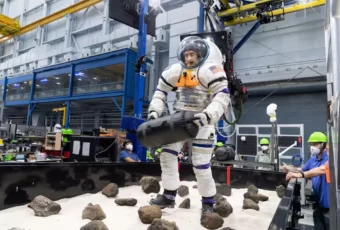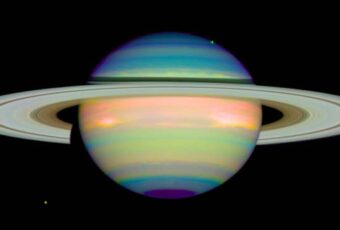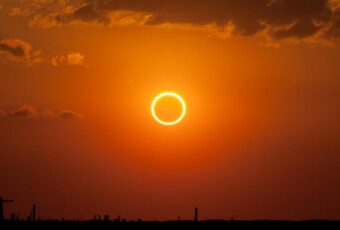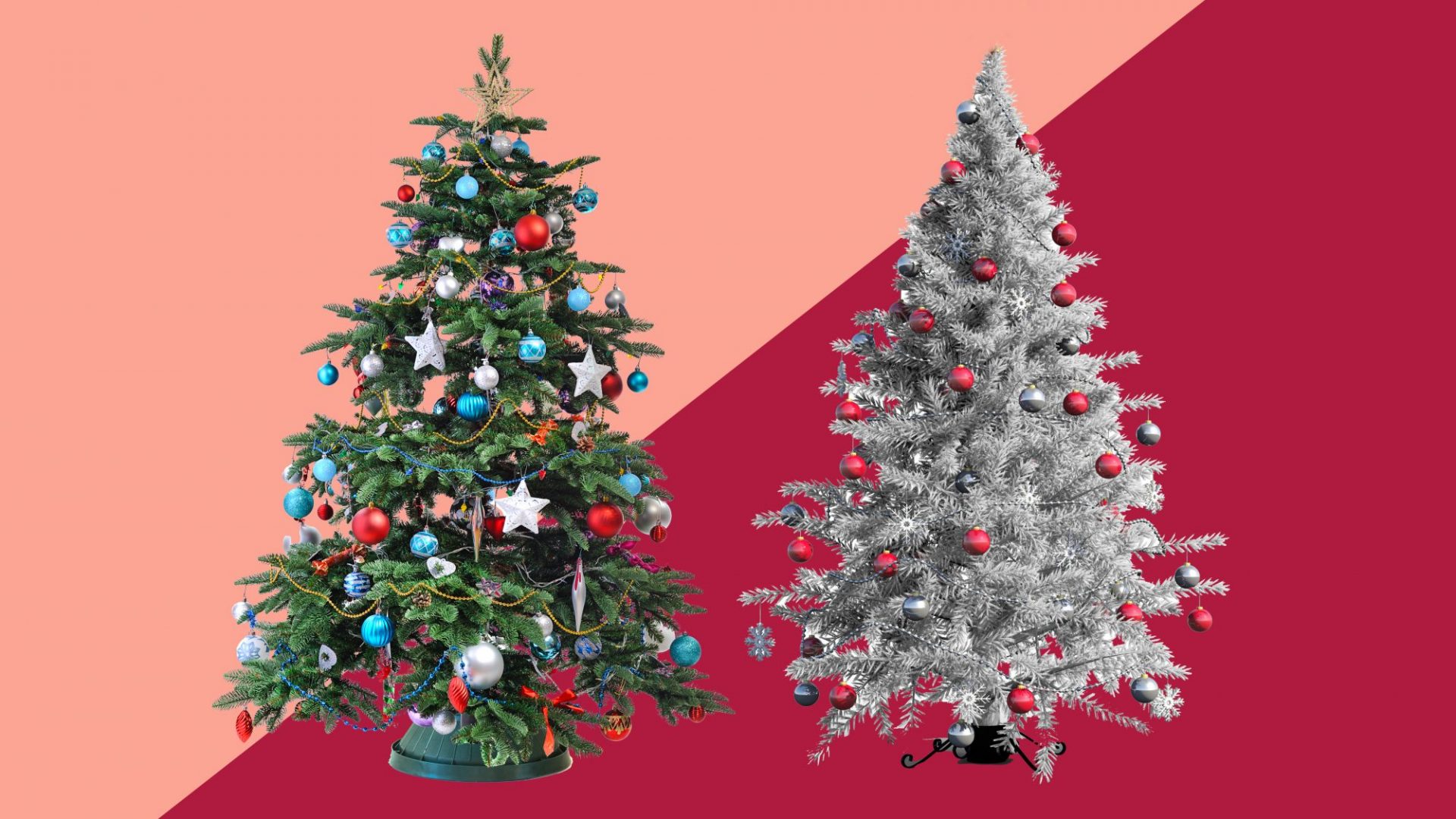
Fake Or Real, Which One Is Better?
Of course, trees are an integral part of mitigating climate change as they capture CO2 and store it inside of their branches, needles, and also roots. Christmas trees are the same, so it might seem like cutting them down could be contributing to the problem.
Interestingly, Christmas tree farming could actually have environmental benefits that you might not have thought of. It takes 10 years for Christmas trees to grow up to 6 feet.
Over this decade, the trees house animals and also soak up CO2 from the atmosphere. For every tree that is harvested, about one to three seedlings are planted in its place the next spring, as the US National Christmas Tree Association says.
Nature Conservancy shares: “That means more trees to fight climate change and to provide more vital benefits for people and nature like clean air and water, wildlife habitat, and healthy soil. Science shows that one of the best ways to protect forests is to use them – carefully. When our forests are sustainably managed, they can produce renewable resources like Christmas trees and other wood-made products.”
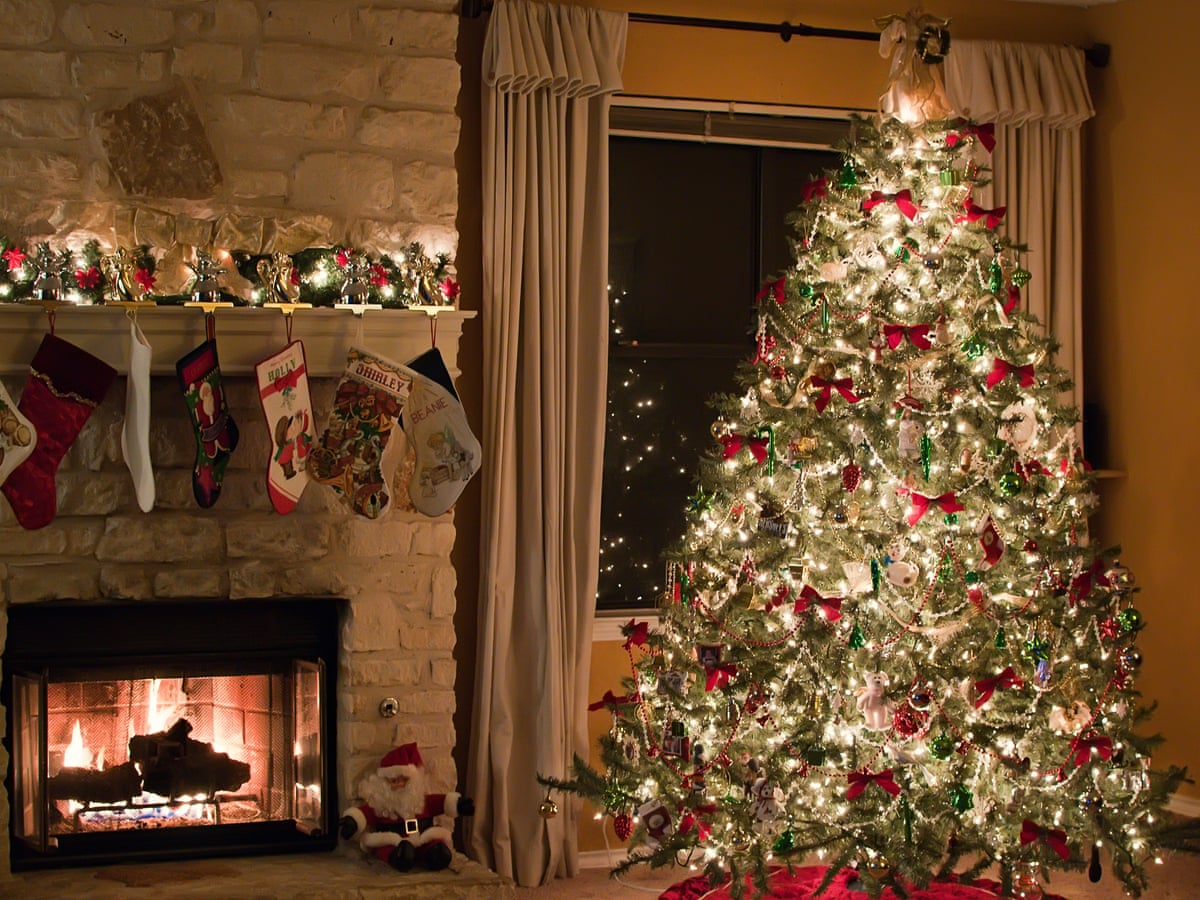
Real Trees Narrowly Win Out
Conversely, the way Christmas trees are cultivated can be problematic, especially when pesticides are used liberally and taking into consideration the fact that natural ecosystems are cleared out in order to make room for Christmas tree plantations.
If you prefer to have a real tree, your best bet is to find a local source in order to avoid shipping, which causes more carbon emissions. It’s also really important to dispose of them properly. If trees end up in landfills, they will have a negative environmental impact. The best way to get rid of it is to shred it and recycle it as mulch or wood chippings.
So what about those synthetic trees? Of course, they can be used again and again year after year, but their major drawback is that they are made out of plastic. They’re typically made of PVC, or polyvinyl chloride, which happens to be one of the most damaging plastics of the whole lot. It can also produce tocix pollution and ends up in animals’ bodies all up and down the food chain. It is also notoriously difficult to recycle.
So who’s the winner? It seems like getting a real tree is surprisingly the better deal for the environment. Of course, make sure you dispose of it properly once the holiday season is over.
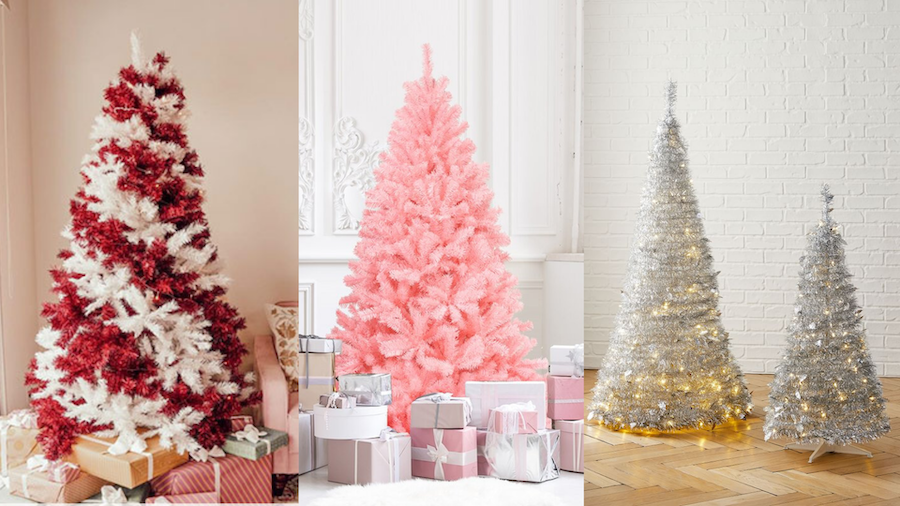
Artificial Christmas Trees Are Hard To Recycle



